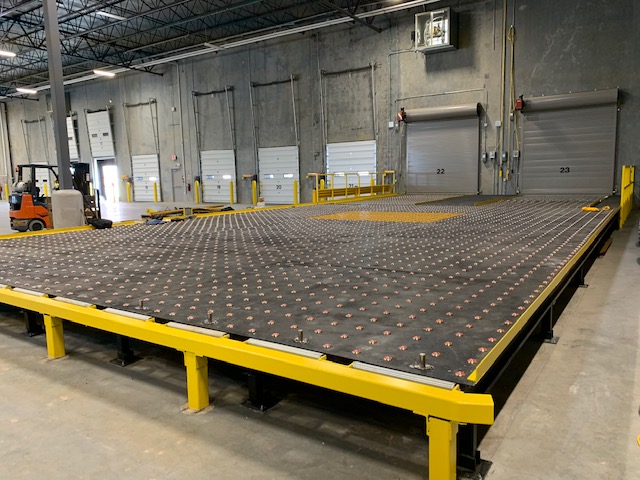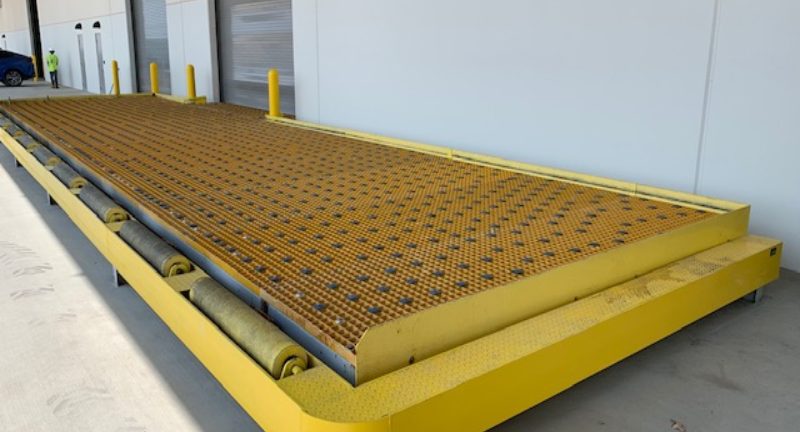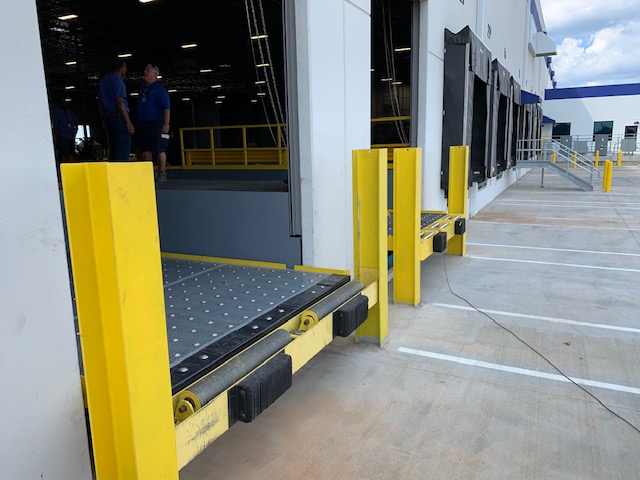




Ball transfer systems enable goods to move in any direction and are crucial for efficient material handling. These systems, consisting of spherical ball bearings, significantly reduce friction, making them efficient in various industries. With diverse materials, load capacities, and configurations, they offer versatility. Standard units, tables, rails, and heavy-duty options cater to different needs. Widely used in manufacturing, warehouses, aerospace, and retail, they streamline processes, reduce worker strain, and enhance efficiency. Proper maintenance and adherence to safety measures are essential for optimal performance. As technology advances, ball transfer systems remain indispensable in material handling.